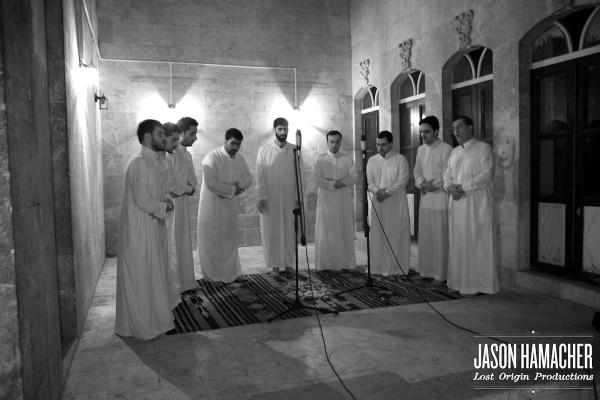SOME OF THE WORLD’S oldest spiritual music has been recorded, and thus preserved—just in time—thanks to a punk-rock drummer/photographer.
The ancient city of Aleppo, Syria, is a UNESCO World Heritage Site and considered one of the oldest continuously inhabited cities in the world. Since 2012, when the Syrian civil war moved in to the area, Aleppo has been ravaged by fighting, and many of its inhabitants killed or made refugees.
Several years before the war began, Jason Hamacher embarked on an accidental odyssey to capture the sights and sounds of Aleppo, not knowing he might be the last to do so before the Old City, the historic city center, was destroyed.
Hamacher moved to Washington, D.C., in his teens and spent his high school years exploring a dual identity that would stick: Christian and son of a Southern Baptist preacher, and drummer in D.C.’s vibrant hardcore punk scene. Since 1993, he has recorded and toured with Frodus, Decahedron, Battery, and Regents. When he found himself between bands in 2005, he and some fellow musician friends who were also Christian vowed to search for new sounds in old spiritual music.
Read the Full Article

